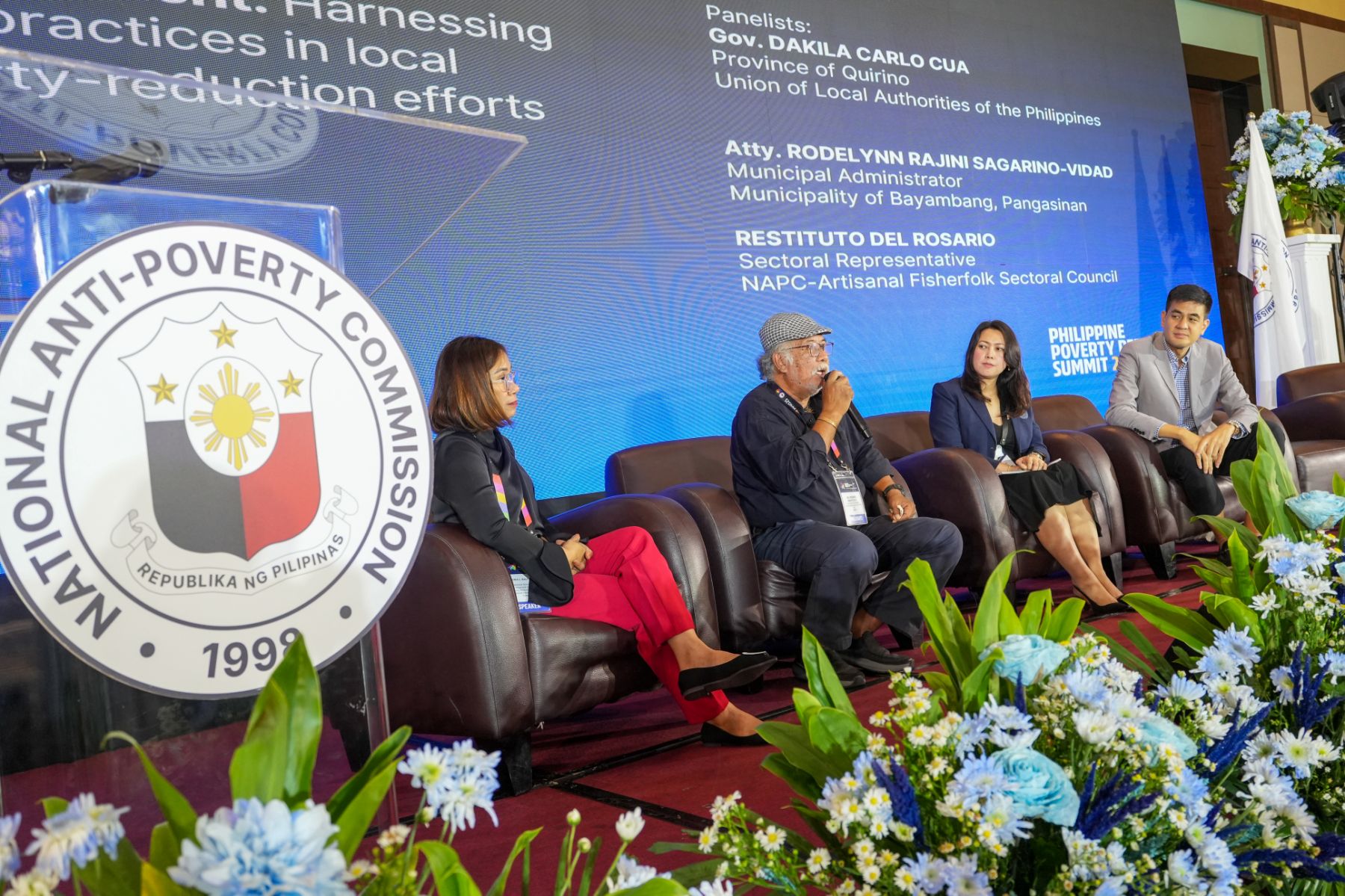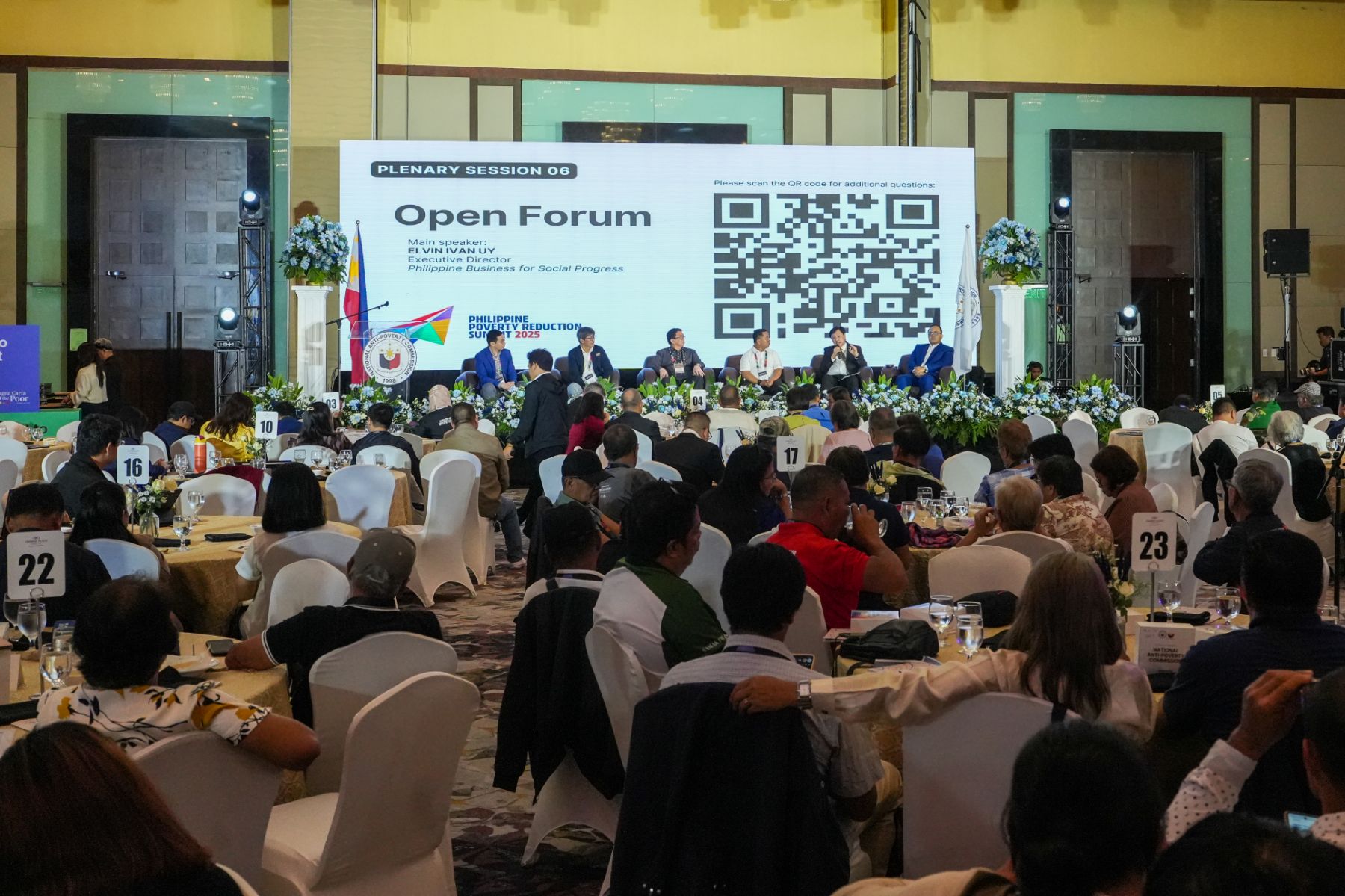
By Ma. Teresa Montemayor | Philippine News Agency
The Philippine Poverty Reduction Summit 2025 (PPRS25) concluded on Tuesday (July 1), with a strong call to action for deeper collaboration and a renewed commitment to inclusive growth and poverty reduction.
National Anti-Poverty Commission (NAPC) Secretary Lope Santos III described the gathering as a reassessment of the agency’s poverty reduction strategies.
Santos said, “In the past years, we strengthened basic sector participation through the regional basic sector coordinating councils, which served as cornerstones for fostering collaboration at the regional level; and bridging national initiatives with the local and community levels, including with the Regional and Local Disaster Risk Reduction and Management Councils.”
He added that NAPC strengthened its coordination with the regional development councils and regional institutional formations, to ensure that the poverty reduction agenda is incorporated into regional and local development plans.
The summit aimed to align and unify the efforts of stakeholders toward reducing the national poverty incidence to single-digit levels by 2028.
This is in line with the Philippine Development Plan 2023 to 2028 and President Ferdinand R. Marcos Jr.’s target to bring poverty down from 18.1 percent in 2021 to 8.8 percent by 2028, and the Philippines’ commitment to the United Nations Sustainable Development Goals (UN-SDG) by 2030.
Recent data from the Philippine Statistics Authority (PSA) showed that poverty incidence dropped to 15.5 percent in 2023, signaling progress yet underscoring the urgency for sustained interventions.

Further push towards poverty reduction
The multi-sectoral summit gathered representatives from the NAPC Secretariat, national government agencies, local government units, the 14 basic sectors, development partners, civil society, the academe, the private sector, and international institutions.
Discussions focused on strengthening partnerships, promoting innovative and localized solutions, and addressing the root causes of poverty.
The summit also featured the National Anti-Poverty Action Agenda, the National Poverty Reduction Plan, and the planned nationwide rollout of local poverty reduction action plans.
NAPC emphasized the need for program convergence and coordinated delivery of services by government agencies and development partners, to address multi-dimensional poverty and bridge development gaps.
Side events and galleries during the summit showcased updates on government anti-poverty initiatives, the legislative agenda of the basic sectors, and grassroots innovations aimed at empowering poor and marginalized communities.
NAPC Undersecretary and Deputy Director General Esnaen Catong urged participants to reach out to the grassroots to put into practice the insights gained during the summit.
Catong said, “Ang mga miyembro ng ating provincial poverty reduction committee, 50 percent constituted from the basic sectors, are the local chief executives in accordance [with] Republic Act 7160 or the Local Government Code of 1991.”
He added that the basic sector’s participation is crucial because they represent the most vulnerable and marginalized groups in society—the sole reason for NAPC’s establishment on June 30, 1998. (PNA)
